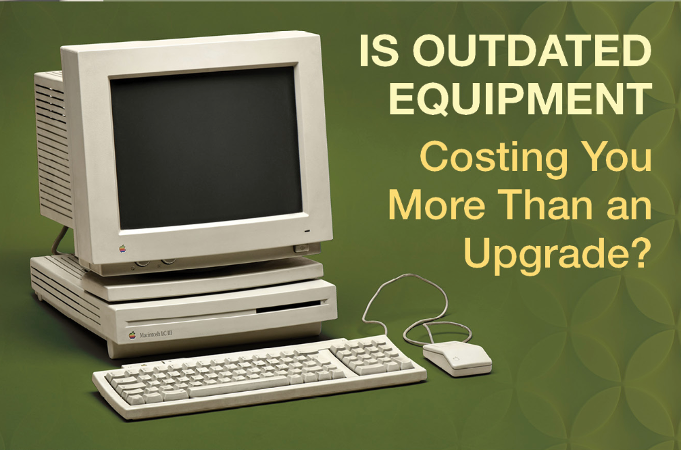By: Larry Cobrin: It is important to understand how the equipment we put into the field drives profitability, both within an MSP and for clients. In terms of clients, it is relatively simple. If we place the right equipment in the field, our clients will have less downtime and be able to focus on engaging in productive activities. In most cases, the savings from reduced downtime more than offsets the cost of the upgrades. In determining the benefits to the MSP it’s more layered. That said, the reduced amount of reactive work drives the benefits to both the MSP and the client. 
For the MSP, selling the equipment and installing it into client environments creates project margins. This would be in addition to the margin earned on managed services, but that is just the start of the financial benefit. Since the transition away from being a seller of hours, service revenue is generally based on machines or users (or both), not time. Of course, that exposes the MSP to risk as the hours and related costs of those hours are variable. If it has been a while since there has been a full system refresh, there is an increasing likelihood of issues arising from conflicts from new systems layered on top of legacy equipment. This is in addition to any problems that arise from wear and tear. It is rare that an MSP can charge more for managing older equipment, but that MSP will likely bear more cost for doing so.
Click Here to Read the Rest
SOURCE GreatAmerica


